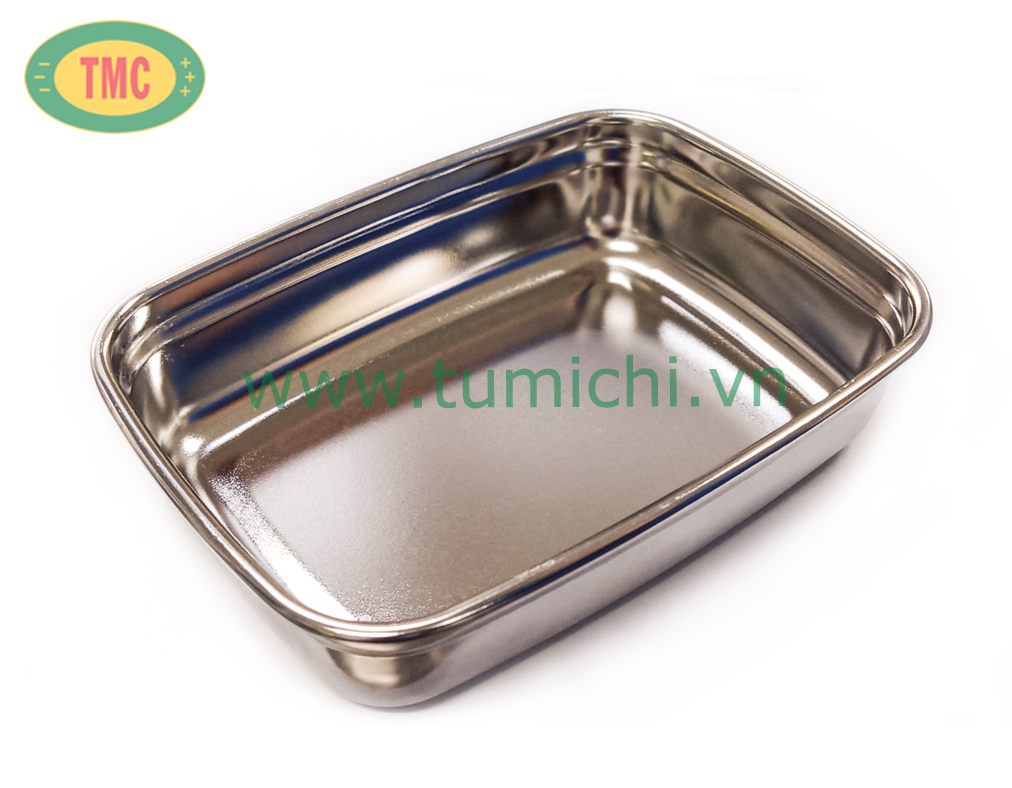news
ST3080 - The high quality Stainless Steel Electropolishing Chemical
Stainless steel is widely used in various industries such as household appliances, construction, healthcare, boilers, washing machines, and indoor architecture due to its high strength and ductility, as well as its excellent corrosion resistance.
Currently, there are many methods for treating the surface of stainless steel, among which the electro-polishing method is increasingly utilized and provides high economic efficiency.
Electro-polishing stainless steel is a process that combines electric current and chemicals to brighten and polish the surface of stainless steel welds and the stainless steel surface itself.
This method is designed entirely according to the electro-polishing system, which includes the following components: chemical solution tank, rectifier, copper electrode assembly, stainless steel electrolyte solution, and cooling system.
ST3080 is a new generation additive used for electro-polishing stainless steel, originating from Japan, with outstanding advantages:
- The biggest advantage of electro-polishing stainless steel using the ST3080 additive is that it does not use CrO3 chemicals, thus having less harmful impact on the environment and human health.
- The polishing time is quick, achieving a fast and uniform shine.
- There is minimal evaporation, and it does not produce unpleasant odors.
- The solution works effectively at lower temperatures than conventional electro-polishing methods, ranging from 50°C to 70°C.
- It can be used to polish various types of stainless steel: 201, 304, 316, 420, 430, and more.
Electrolytic Polishing Process for ST3080 System:
Step 1: Degrease the surface of the stainless steel component to ensure it is free of oil and grease before entering the electrolytic polishing tank.
Step 2: Rinse the component thoroughly after the degreasing process to remove dirt and residual chemicals from the degreasing.
Step 3: Activate the surface: remove the oxide layer from the product's surface to allow the polishing solution to easily contact the base layer of the product.
Step 4: Rinse off any chemicals remaining on the product to avoid contamination in the subsequent steps.
Step 5: Hot water rinse and dry: enhances the water drainage capability on the product, preventing water from contaminating the electrolytic polishing tank and causing defects.
Step 6: Perform electrolytic polishing.
Step 7: Rinse the component thoroughly to remove polishing chemicals adhering to the surface of the product.
Step 8: Hardening treatment to increase the durability of the electrolytic polished surface, reduce fingerprints, and prevent yellowing.
Step 9: Rinse off any chemicals adhering to the product.
Step 10: Rinse with hot water to enhance the water drainage capability on the surface of the product.
---------------------------------------o0o--------------------------------------
Copyright © 2020 by Tumichi.vn




 Youtube
Youtube Facebook
Facebook






